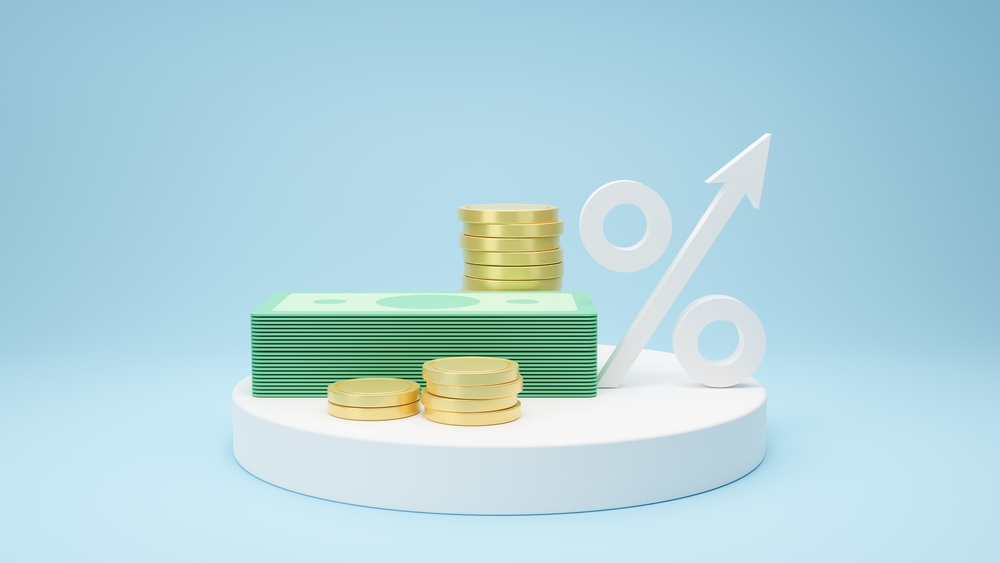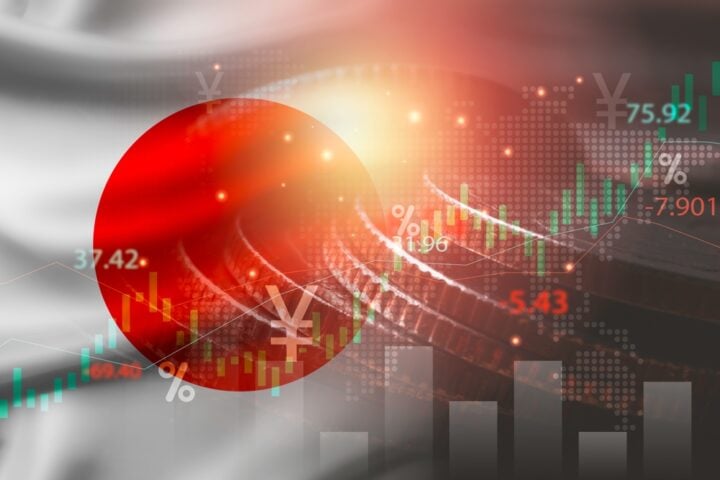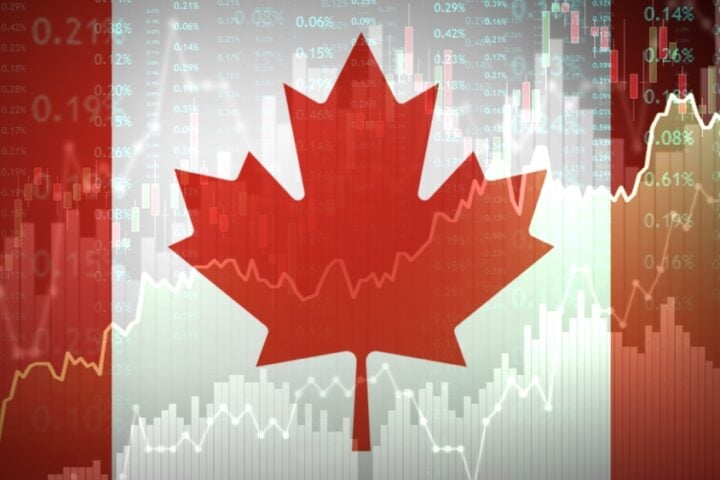Inflation Unexpectedly Jumps in January
Consumer prices in the U.S. surged more than expected in January, adding pressure on the Federal Reserve’s plans for potential interest rate cuts. The Consumer Price Index (CPI) rose 3.0% year-over-year, marking an increase from December’s 2.9%. The monthly inflation rate hit 0.5%, the sharpest rise since August 2023, surpassing economists’ forecasts of a 0.3% increase.
Core Inflation Gains Momentum
Stripping out food and energy, core prices climbed 0.4% in January, doubling December’s 0.2% rise. Year-over-year, core inflation rose to 3.3%, up from 3.2% in December. Persistent inflation in essential services like shelter, insurance, and medical care contributed to the increase. Although rent growth slowed to its lowest since early 2022, used car prices jumped for the fourth straight month, climbing 2.2%.
Food and Energy Costs Remain a Concern
Food prices continued to burden consumers, with eggs spiking by 15.2% in January, the largest monthly increase since June 2015. Energy costs, particularly fuel, also contributed to the inflation surge. Seema Shah, chief global strategist at Principal Asset Management, noted, “Seasonality and one-off factors may have played some role in the upside surprise.”
Trump’s Tariffs Add to Inflation Fears
The inflation report arrives amid growing concerns over new trade policies. President Donald Trump recently announced a 25% tariff on global steel and aluminum imports, effective March 12. Additional 25% tariffs on Mexico and Canada are set for next month, with a 10% duty on Chinese imports already in place. Economists worry these measures could further fuel inflation by raising costs for goods and services.
Market Reactions and Fed’s Next Move
Following the report, traders quickly adjusted expectations for Federal Reserve rate cuts, reducing the likelihood of multiple reductions in 2025. Stocks reacted negatively, with markets pulling back on hopes of an imminent policy shift. Claudia Sahm, chief economist at New Century Advisors, warned, “There’s no sugarcoating this. This is not a good print.” She added that inflation spikes in January have been common in recent years but tend to cool later.
Looking Ahead: A Tough Road for the Fed
With inflation still above the Fed’s 2% target, policymakers are unlikely to rush into rate cuts. Experts now predict the Fed may wait until the second half of the year before making any moves. Sahm explained, “We’re back in a situation where the Fed will need to see several months of cooling inflation before acting.”
As economic uncertainty continues, all eyes remain on upcoming data releases, including retail sales and wage growth, which will shape the Fed’s next steps. With inflation still proving stubborn, the battle against rising prices is far from over.







